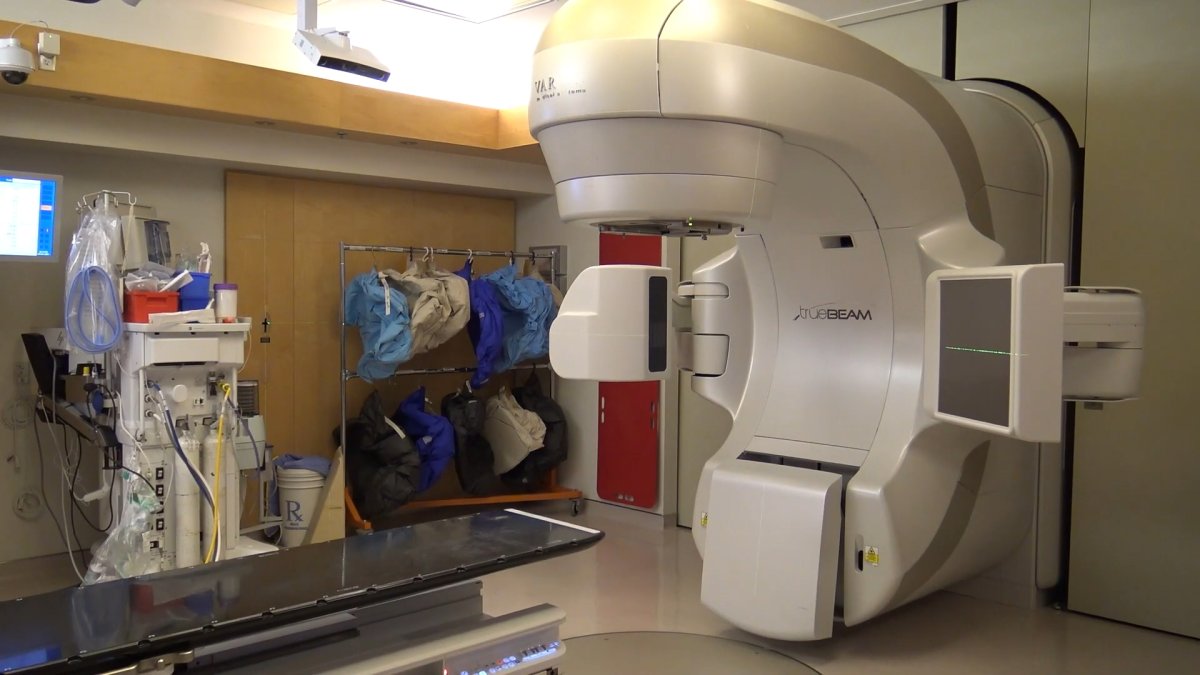Researchers at London’s Lawson Health Research Institute are teaming up with scientists at Toronto’s Sunnybrook Research Institute for a study aimed at improving outcomes for patients undergoing radiation treatment for prostate cancer, the most common cancer among Canadian men.

Researchers say the study will look at integrating advanced imaging technology in the treatment process to give doctors a clearer picture of how much cancer is in a patient’s prostate, and where in the prostate it is located.
Lawson officials note that current CT scans only provide doctors with the location and boundary of the prostate, not the location of the cancer itself.
By integrating two other types of imaging — MRI and prostate-specific membrane antigen (PSMA) PET scans — doctors will be able to learn where the cancer is located and target it with more intensified and targeted radiotherapy treatment, said Dr. Glenn Bauman, a scientist with Lawson and a radiation oncologist at LHSC’s London Regional Cancer Program.
Using the two imaging techniques will also help illustrate whether the cancer has moved somewhere else in the patient’s pelvic region, said Dr. Andrew Loblaw, a scientist with Sunnybrook.
“The combination of PSMA and SBRT” — stereotactic body radiotherapy, the type of targeted radiation being used in the study — “gives us the ability to save some normal tissue and dramatically reduce treatment times,” Loblaw said in a statement.
Fifty men with advanced prostate cancer will be recruited for the study, which will see all receive PSMA PET scans at St. Joseph’s Health Care London, Lawson officials said. The group will be monitored for five years to determine whether the targeted and intense radiation treatment is working and whether other therapies are needed.
- Bird flu risk to humans an ‘enormous concern,’ WHO says. Here’s what to know
- ‘She gets to be 10’: Ontario child’s heart donated to girl the same age
- Shoppers faces proposed class action over claims company is ‘abusive’ to pharmacists
- Budget 2024: Liberals look to offset drug plan cost with higher smoking, vaping taxes
According to Public Health Canada, prostate cancer is the fourth most common cancer in Canada, and the most common cancer in men.
At least one in nine men will be diagnosed with the cancer in their lifetime, with one’s chances of developing prostate cancer increasing above the age of 50. Most diagnoses occur in men in their 60s, according to the Canadian Cancer Society.
The society’s website says risk factors for prostate cancer include a family history of prostate cancer, being Black, being overweight or obese, being tall as an adult, and inherited gene mutations (commonly the mutations HOXB13 and BRCA2).
Possible risk factors include diets high in dairy and calcium, low blood levels of vitamin E or selenium, working with certain chemicals such as pesticides, cadmium and chemicals used in the manufacturing of rubber, inflammation of the prostate, smoking, and high levels of androgens, the society says.
Information about prostate cancer symptoms and treatment can be found on the CCS website.








Comments